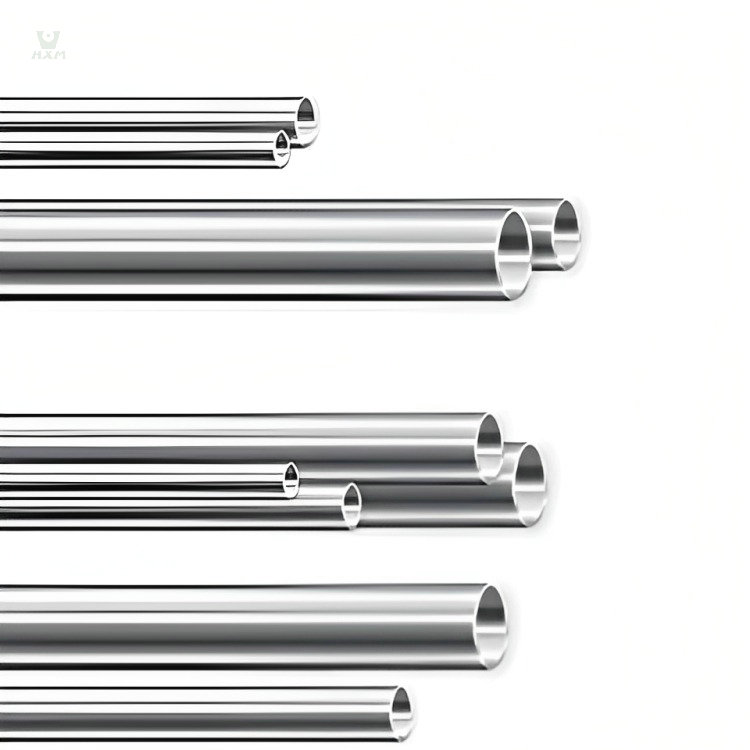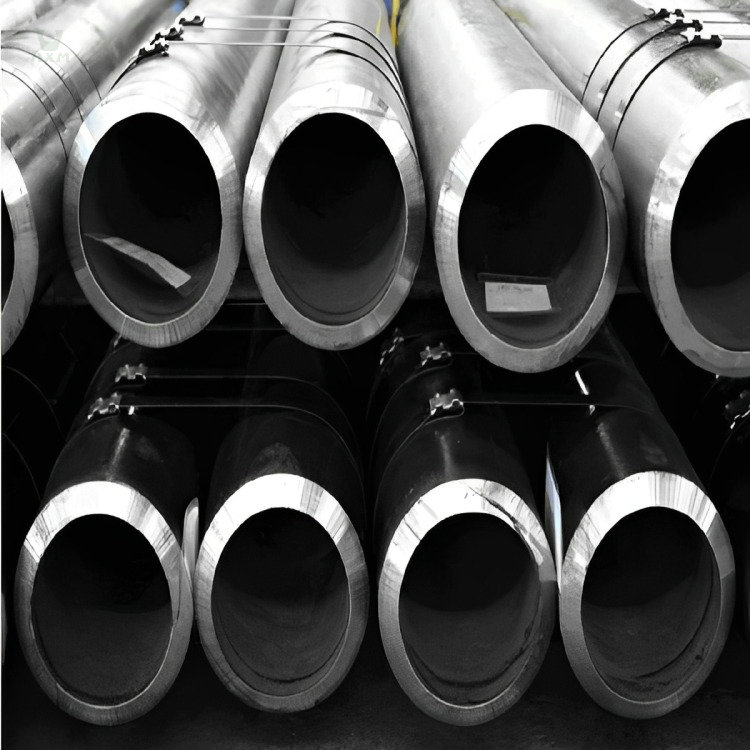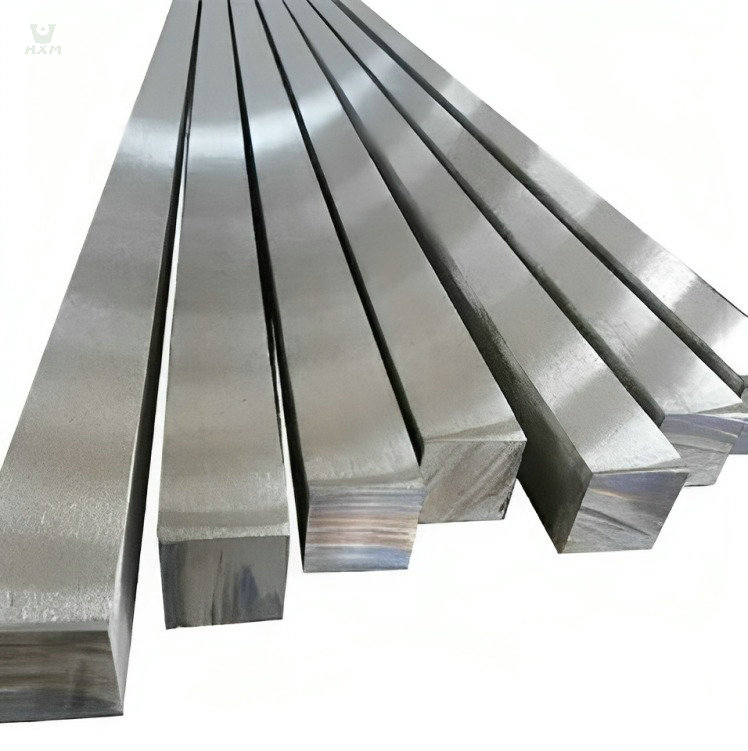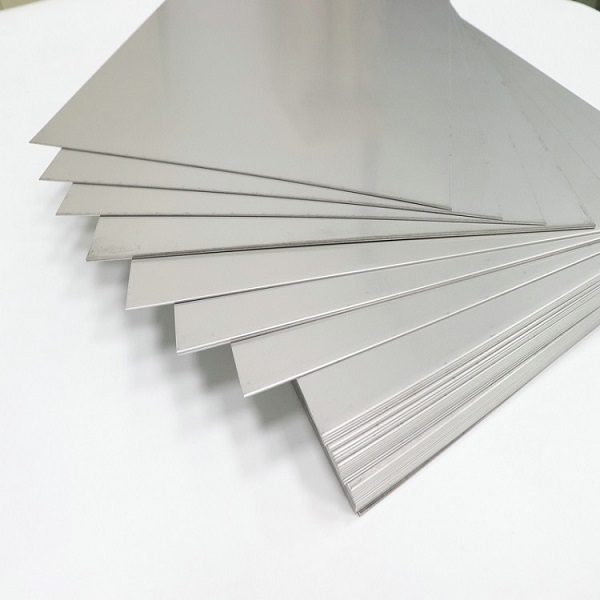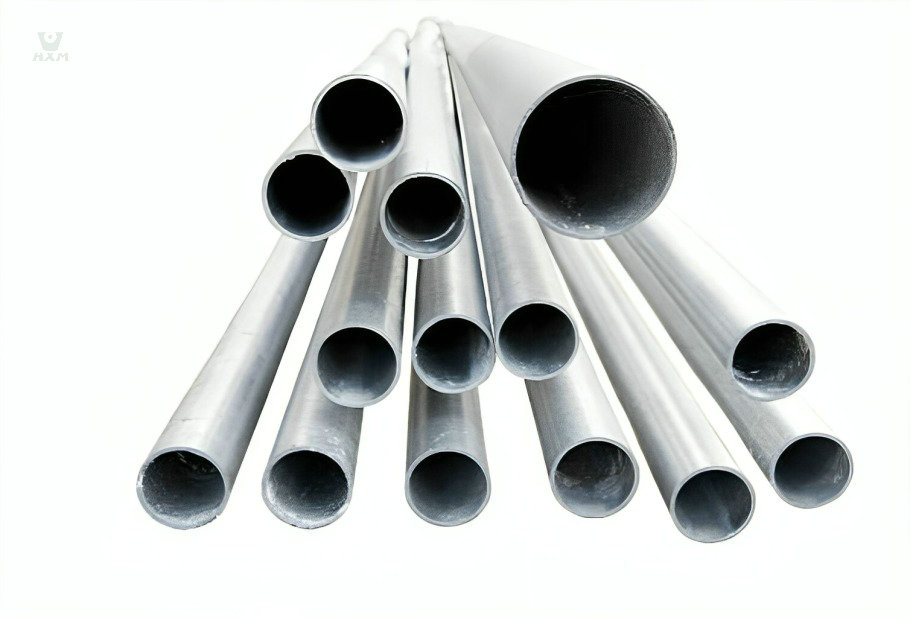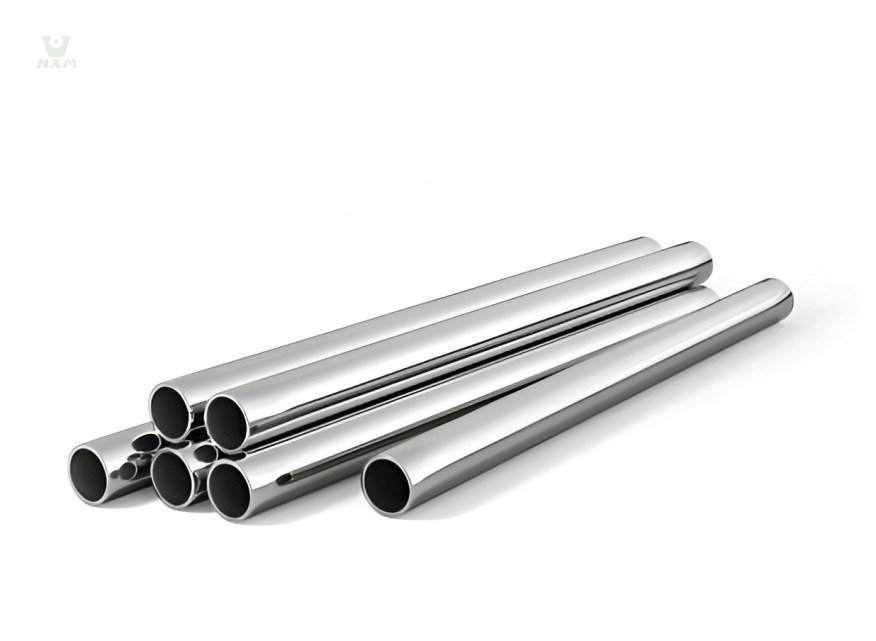304 VS 304L stainless steel
In the world of stainless steel, 304 and 304L are undoubtedly two extremely common and widely popular grades. They have earned unanimous praise from the industry and consumers alike for their excellent corrosion resistance, processing properties, and wide range of applications. However, despite both being austenitic stainless steels, they exhibit subtle differences in certain key characteristics. Today, let’s delve deeper into the comparison between 304 VS 304L to help everyone better understand the performance and uses of these two stainless steels.
table of content
Related Specs and Trade names
304
- EURONORM: 1.4301
- ASTM/ASME: UNS S30400
- BS 304S31
- AFNOR Z2 CN 18-10
- EN, DIN,UNI X5CrNi 18-10
- Grade 304
- Alloy 304
- Type 304
304L
- EURONORM: 1.4307
- ASTM/ASME: UNS S30403
- BS 304S11
- AFNOR Z2 CN 18-9
- EN, DIN,UNI X5CrNi 18-9
- Grade 304L
- Alloy 304L
- Type 304L
304 VS 304L Stainless Steel | “L” Means Low Carbon
What sets 304 vs 304L apart? The key distinction lies in their carbon content. 304 stainless steel contains a maximum of 0.08% carbon, whereas 304L stainless steel has a lower carbon content, capped at 0.03%. This minimal reduction in carbon content has significant implications for the material’s performance and applications.
The table below shows more clearly and visually the differences between the chemical composition of 304 vs 304L.
| ASTM | C % | Si % | Mn % | P % | S % | Ni % | Cr % | Mo % | N % | Cu % |
| 304 | 0.08 | 0.75 | 2 | 0.045 | 0.03 | 8.0 – 10.5 | 18.0–20.0 | – | 0.1 | – |
| 304L | 0.03 | 0.75 | 2 | 0.045 | 0.03 | 8.0-12.0 | 18.0-20.0 | – | 0.1 |
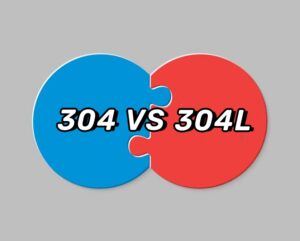
304 VS 304L Stainless Steel | Differences Caused By Low Carbon
Then, we’ll discuss how 304 VS 304L differ in terms of their physical property, mechanical property, corrosion resistance, thermal resistance, and weldability.
304 VS 304L | Physical Property
304 VS 304L stainless steel in physical properties are mainly as follows:
- Density: Both are 7.93g/cm³.
- Thermal Expansion: 304 17.2 μm/m-°C 304L 18.2 μm/m-°C.
304L has a slightly higher coefficient of thermal expansion than 304 which means that for the same temperature change, 304L will increase or decrease in length by a slightly higher percentage than 304.
- Thermal Conductivity: 304 16.3 W/m-K 304L 14.6 W/m-K
304 has a slightly higher thermal conductivity than 304L, which means that 304 has a slightly better thermal conductivity than 304L.
304 VS 304L | Mechanical Property
304 VS 304L stainless steel in terms of mechanical properties are mainly reflected in the following aspects.
- Tensile strength: At room temperature, the tensile strengths of 304 vs 304L are 515MPa and 485MPa, respectively, with 304 having a slightly higher tensile strength than 304L.
- Yield strength: At room temperature, the yield strengths of 304 vs 304L are 205MPa and 170MPa, respectively, and 304 has a significantly higher yield strength than 304L.
- Elongation: The elongation of 304 vs 304L are 45% and 35%, respectively, and 304 has a slightly higher elongation than 304L.
Impact toughness: Both 304 and 304L have higher impact toughness, but at low temperatures, 304L may have slightly higher impact toughness than 304.
304 VS 304L | Corrosion Resistance
304 VS 304L stainless steel in terms of corrosion resistance is mainly reflected in the following aspects.
Intergranular Corrosion: As we have mentioned before, 304L is more resistant to intergranular corrosion than 304 due to its low carbon content.
Acid Corrosion: In acidic media, low carbon gives 304L a more stable structure, making it less likely to react with acidic media and be corroded.
Chlorine Ions: Both 304 and 304L can not resistant to Chloride Ion corrosion
304 VS 304L | Heat Resistance
304 VS 304L stainless steel in terms of heat resistance is mainly reflected in the following aspects.
Carbon readily combines with Chromium to form carbides at high temperatures. 304L steel contains a low carbon content, and only a very small amount of carbon can react with chromium, the remaining Chromium can continue to protect the stainless steel on the surface. As a result, 304L is relatively stable in high-temperature environments and is much less prone to deformation or stress cracking.
In addition, 304L stainless steel has better oxidation resistance and can maintain its material properties at higher temperatures. For this reason, 304L is often preferred in high-temperature applications.
304 VS 304L | Weldability
304 VS 304L stainless steel in terms of weldability is mainly reflected in the following aspects.
During the welding process, 304L is less prone to intergranular corrosion due to its low carbon content, which means that the grains around the weld are less prone to precipitation, thus ensuring the corrosion resistance of the welded joint.
Since the coefficient of thermal expansion of 304L is smaller than 304, 304L is more prone to defects such as warpage and cracking compared to 304 during welding due to thermal stress. To avoid this, proper welding techniques and measures are needed, such as controlling welding temperature, preheating, etc.
Dual-certification--low carbon composition steels
Modern steelmaking methods allow for the production of low carbon steels with enhanced control and precision. This improved control results in commercially produced steels that are often designated as low carbon by default. As a result, these steels are frequently marketed with dual certification, meaning they meet the requirements of two different grade designations. This dual certification allows the same steel to be used for various fabrications, ensuring compliance with specific standards that may require either grade.
For instance, in coil, sheet, or plate form:
304 Types
- BS EN 10088-2 1.4301 / 1.4307 according to European standards.
- ASTM A240 304 / 304L or ASTM A240 / ASME SA240 304 / 304L according to American pressure vessel standards.
316 Types
- BS EN 10088-2 1.4401 / 1.4404 according to European standards.
- ASTM A240 316 / 316L or ASTM A240 / ASME SA240 316 / 316L according to American pressure vessel standards.
304 VS 304L Stainless Steel | Conclusion
Through a thorough comparison of 304 vs 304L stainless steel, it is evident that while they both belong to the austenitic stainless steel family, they exhibit subtle differences in chemical composition, mechanical properties, corrosion resistance, and processing characteristics. These differences allow 304 and 304L to excel in their respective fields, meeting the diverse needs of different industries and applications.
Hereby, we sincerely recommend Huaxiao Metal as a professional exporter of stainless steel products. As a leading player in the industry, Huaxiao Metal not only provides high-quality 304 and 304L stainless steel products but also ensures that all products come with Material Test Certificates (MTC) for customer verification. If you have any purchasing needs or inquiries, please feel free to contact Huaxiao Metal at any time. We are committed to serving you wholeheartedly and ensuring your satisfaction with our products and services.


